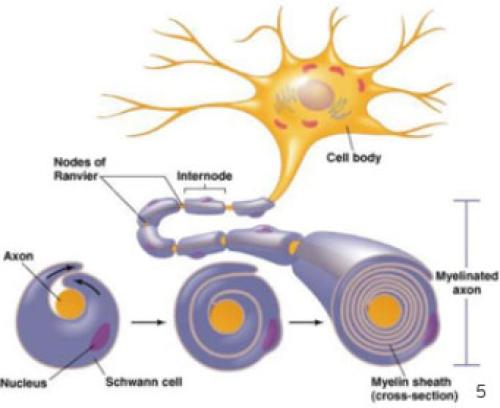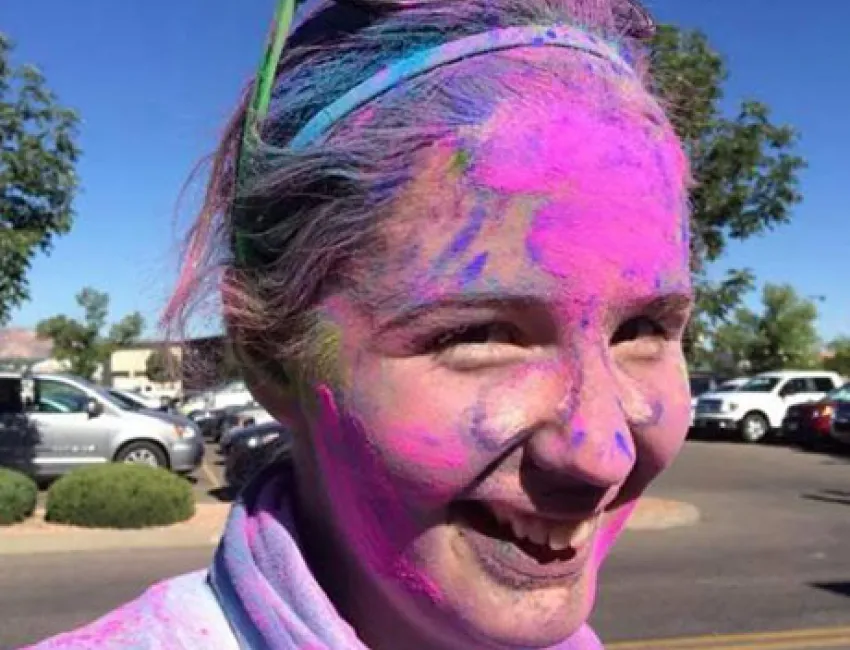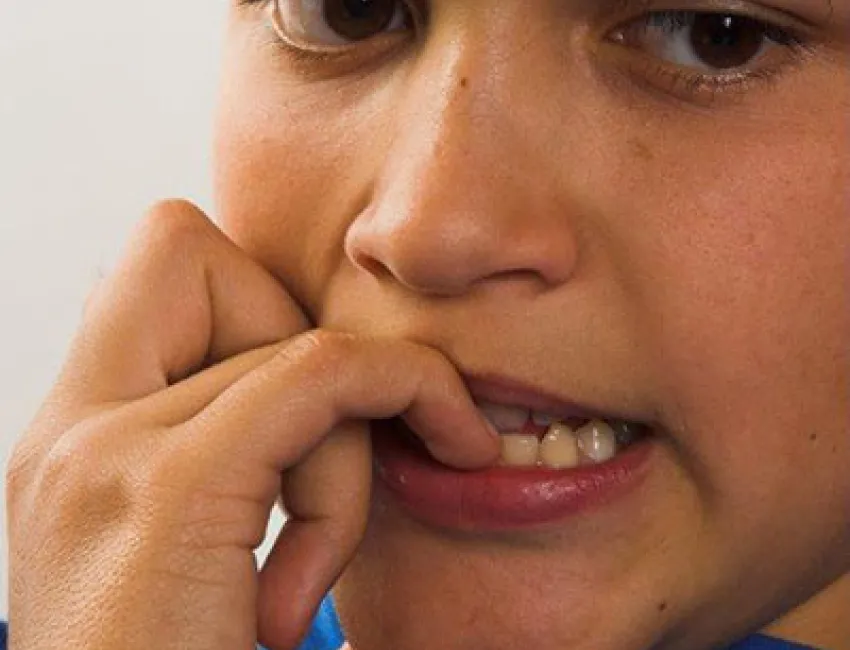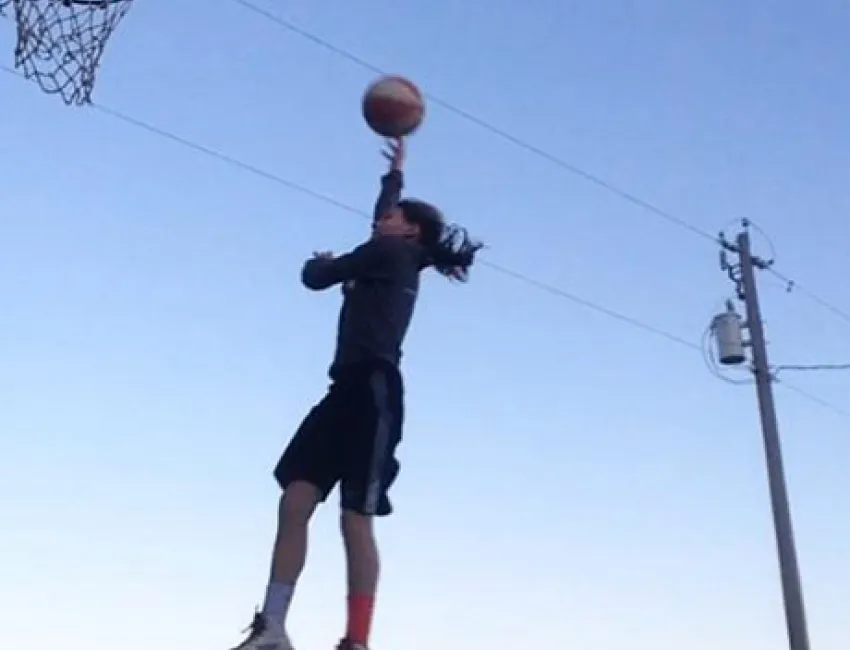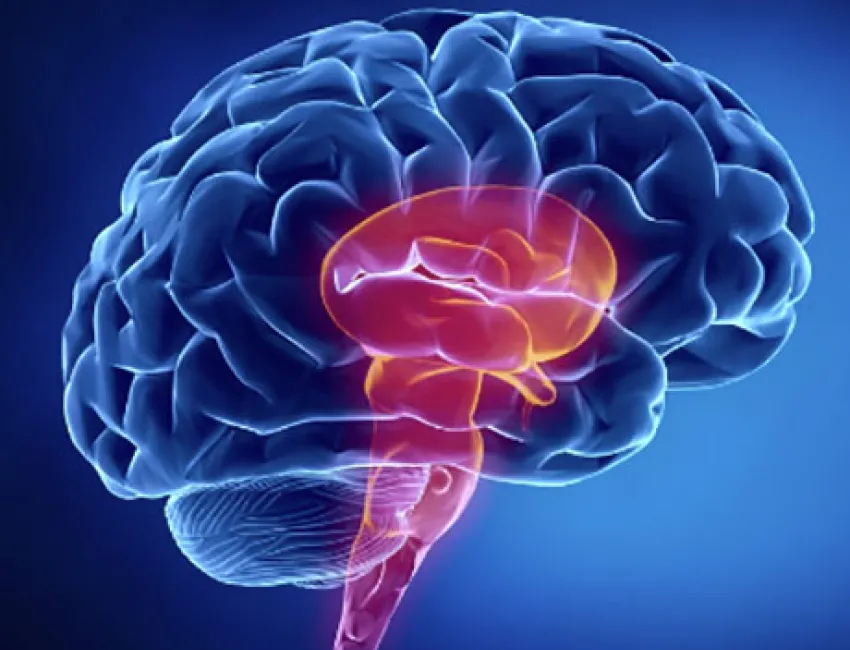
While we learned a lot when we were younger and our brains grew a ton, right now (from ages 12-25!) our teen brains are undergoing many important changes toward full maturation!1 This is an important time where WE get to make a lot of choices about how we want our brains to be. It is our responsibility to take care of our brains and use them to their full potential. This is an exciting time to take healthy risks, try new things and allow our minds to make new connections. There is only one time in our lives when WE can have such a big impact on our brains, and it is now!
So what is changing in the teen brain?2 During adolescence, the front part of our brains is developing what we can think of as a type of regulatory system. This is a lot like a crossing guard at a local school. The "prefrontal cortex" part of our brains is developing the ability to focus, pay attention and create mental priorities called "executive function" skills, which are important and necessary to thrive as independent adults. This is where the crossing guard comes into play. Just as a crossing guard regulates student traffic, the executive function skills help to regulate information flows, focus on tasks, create priorities, avoid collisions and keep our whole brain and body system running.3
A big part of the brain's changes are occurring in the gray matter,4 which makes up the thought and memory region of the brain known as the cerebral cortex (the outer layer). Gray matter helps to promote the connections between brain cells and neurons, which solidify as the brain matures. During adolescence, gray matter goes through two stages, pruning and myelination.
First, pruning releases the neurons not being used, so the brain only keeps those that are necessary and exercised. This is just like how your grandpa or aunt might prune a bush, cutting off the brown leaves to allow more energy to flow to the healthy parts of the plant. The better the brain becomes at making connections, the more neurons the brain is able to let go. This means that the older you get, the fewer neurons you have to make connections. The big deal here is that if these connections are not exercised, they can weaken - use it or lose it! Either use and train the neurons you have now, or lose them forever!
Second, myelination solidifies these new connections by wrapping a myelin sheath, an insulated covering, over these new connections, which allows them to communicate with more coordination and speed. Just like a phone wire covered in plastic, this myelin sheath acts as a conductor making the signal go faster. Developing these efficiencies is the essential purpose of the maturation process.

Neurotransmitters are chemical messages responsible for feelings such as desire, satisfaction and pleasure.6 These chemicals are a form of natural rewards that can be thought of like a gift - a gift that gives you the sensation of feeling good, tired, excited or scared. There are over 100 identified neurotransmitters in the body.7 Some you may know are serotonin, GABA and epinephrine. The feel good neurotransmitter is called dopamine. Dopamine naturally makes most people want to repeat whatever action that made them feel good to receive that pleasure again.
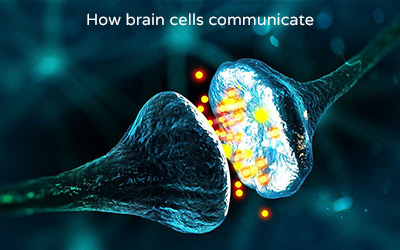
The neurotransmitters work closely with the reward center of the brain.8 This system is in charge of communicating and providing positive reinforcement to the brain. When you feel desire or pleasure, it is the reward center that is sending chemical messages that allow the corresponding neurotransmitter to be released and send you that message of feeling good.
What do drugs do to the teen brain?9
Back to the crossing guard. Using alcohol or other drugs during adolescence disrupts the healthy development of the brain’s natural regulatory system, the crossing guard, disrupting and weakening necessary connections for memory, attention and other key skills. Use during adolescence also effects use later in life because the connections are laid that encourage more cravings for that form of pleasure.10
Drugs flood the brain’s synapses, the space between the neurons, with dopamine. The brain is overloaded with many feel good signals, which makes the brain send reward messages that crave more of that initial feeling. The overload of the dopamine into the synapse can lead to an intense and memorable feeling of pleasure, which creates the urge to use the drug again.
In order to balance out the overload of pleasurable feelings, the brain draws back and releases less dopamine. After the high wears off, the brain is left with a depleted amount of dopamine, often called the “crash.” The negative feelings of "withdrawal" can last hours, days or months. Depending on the drug and the use, simple life pleasures will no longer feel that good because the brain’s dopamine reserves are still depleted. Over time, the brain’s reward center can restore itself, but the waiting period for the dopamine to regulate is when many relapse, depending on how hard the crash or withdrawal is. And depending on the substance, substance use can often cause permanent damage to the adolescent brain, including decreased IQ and emotional health as well as memory problems.11
Why is it so important to protect your teen brain?
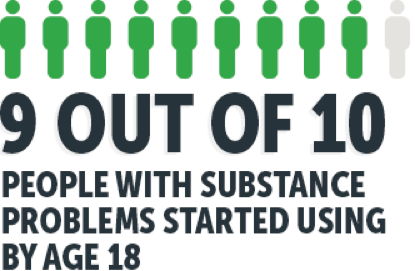
Teens' internal reward systems are still being developed, which means that our ability to return to equilibrium after drug use is compromised. Through pruning, remember that neurons that aren't used are being removed so that stronger, longer-lasting connections can be made with the ones we do use. Our brains don't prune based on good or bad; they only prune based on what we use.12 So, drug use during the teen years reinforces the using behaviors in addition to releasing the neurons and connections for other potentially healthy and constructive behaviors. Then, myelination seals in the behaviors making it harder to quit and increasing chances of addiction. This is why the teen brain is at the greatest risk for addiction - 90% of addictions begin with misuse in the teen years.13
The brain's over-active impulse to seek pleasure prevents teens from taking the time to think through the consequences, which makes teens vulnerable to the temptations of drugs and alcohol. And remember, the prefrontal cortex, which controls decision-making, is not fully developed until after adolescence because those strong neural connections are still forming. That's why people, who begin using addictive substances before they are 15 years old, are nearly 7 times more likely to develop a substance misuse problem than those who do not use until the age of 21 or older.14
How can you maximize your developing brain to Rise Above for a lifetime?
There are lots of ways to make sure you are exercising, teaching and forming lasting, healthy connections in your brain. Your brain is just as susceptible to creating awesome, healthy, constructive connections and habits as it is to creating destructive and unhealthy ones. We have so much power with our decisions right now!!! So what can you do to optimize your brain’s potential right now?
It is also important to understand the difference between negative and positive risks while you still have the support of your family, friends and school to help you when you do not make the best decisions.
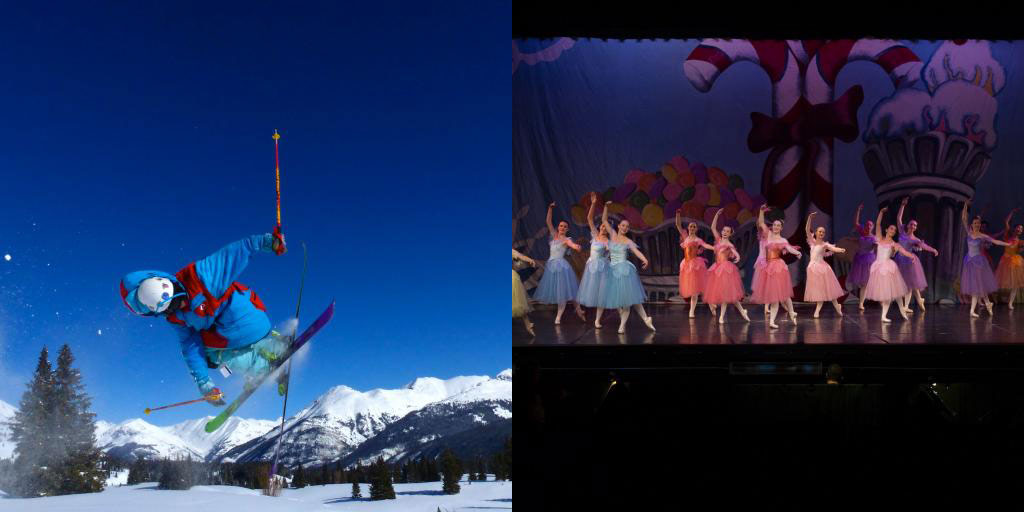
Taking risks and getting that natural high does not have to come from jumping off a cliff, driving too fast or spending a lot of money. This high can be achieved from getting outside your comfort zone through joining a new club or team, speaking in front of a crowd about something you are passionate about or even getting a job you are really excited for. Finding the right healthy risk, and doing these with a friend, will allow you to feel the same amount of pleasure some of the more unhealthy risks can bring, all while strengthening positive connections in your brain that will last a lifetime.
You have heard of the saying “practice makes perfect," right? Well I once had a coach that said, “perfect practice makes perfect.” By doing the things now that you want to be doing for the rest of your life, you are setting up your brain for perfect practice. You aren’t forming bad habits or not using it to its full potential, instead you are making your brain the best, and healthiest, it can be. Use your changing brain to your advantage, start practicing perfect practice, and be a teen!! Take healthy risks, make healthy mistakes and discover your identity. Your brain will thank you!
1 https://www.nimh.nih.gov/health/publications/the-teen-brain-still-under-construction/index.shtml
2 http://www.drugfree.org/why-do-teens-act-this-way/adolescent-brain-development/
3 Volmert, A., Fond, M., Haydon, A., O'Neil, M., & Gerstein Pineau, M. (2016). "It's a rite of passage": Mapping the gaps between expert, practitioner, and public understandings of adolescent substance use. Washington, DC: FrameWorks Institute.
4 https://www.nimh.nih.gov/health/publications/the-teen-brain-still-under-construction/index.shtml
5 http://bigtone.zone/2013/05/13/how-myelination-works/
6 https://www.drugabuse.gov/publications/drugs-brains-behavior-science-addiction/preface
7 Carlson, Neil R. Physiology of behavior. Pearson Higher Ed, 2012.
8 https://teens.drugabuse.gov/drug-facts/brain-and-addiction
9 http://www.drugfree.org/why-do-teens-act-this-way/adolescent-brain-development/
10 Volmert, A., Fond, M., Haydon, A., O'Neil, M., & Gerstein Pineau, M. (2016). "It's a rite of passage": Mapping the gaps between expert, practitioner, and public understandings of adolescent substance use. Washington, DC: FrameWorks Institute.
11 https://www.ncbi.nlm.nih.gov/pmc/articles/PMC2827693/
12 https://www.drugabuse.gov/publications/drugs-brains-behavior-science-addiction/drugs-brain
13 http://www.centeronaddiction.org/addiction-prevention/teenage-addiction
14 http://www.centeronaddiction.org/addiction-prevention/teenage-addiction
